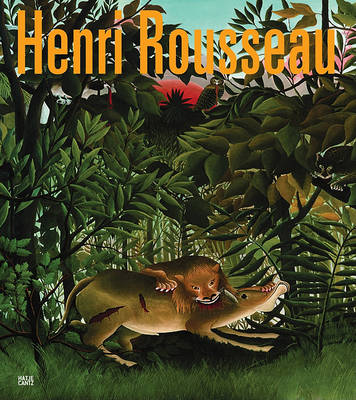Nicknamed "Le Douanier" ("the customs officer"), Henri Rousseau (1844-1910) was in his early forties when he finally embraced his m tier in painting, arriving with his independently achieved realism fully formed. Like Erik Satie, whom he resembles in what Roger Shattuck memorably called "tranquil self-confidence," Rousseau straddles the Parisian avant gardes at the turn of the century, admired by Redon, Gauguin, Jarry and Degas at the outset of his career, and championed by Picasso, Apollinaire and Delaunay towards its close. Rousseau's style was derisively dubbed "Primitivism" by the press, but its lucid unity of limpid color and eerily serene definition was sophisticated in its simplicity, as his early advocates knew. Happily, Rousseau was so steeped in his vision that he could not be diverted from it---Apollinaire wrote that "Rousseau had so strong a sense of reality that when he painted a fantastic subject, he sometimes took fright and, trembling all over, had to open the window." With 80 color illustrations, this book commemorates the hundredth anniversary of the artist's death, placing at its core Rousseau's fascination with the frictions between a domesticated West and an untamed imaginary natural world. Previously unpublished records of early encounters with his works dimensionalize Rousseau within the lively milieu of his time, and show him to have been, from the start, a much beloved artist.
- ISBN10 3775725377
- ISBN13 9783775725378
- Publish Date 12 February 2010
- Publish Status Unknown
- Out of Print 17 January 2012
- Publish Country DE
- Imprint Hatje Cantz
- Format Hardcover
- Pages 128
- Language English
